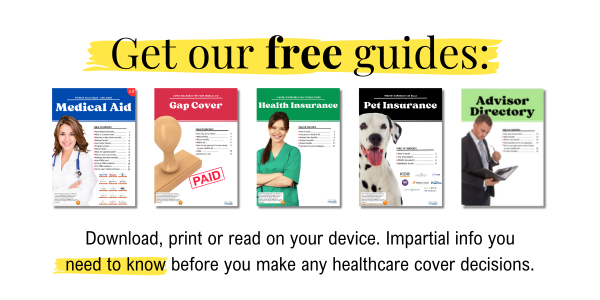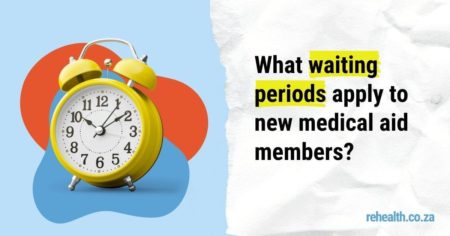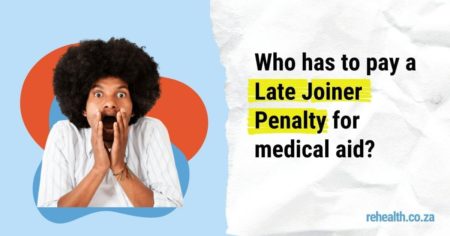There is no denying it…medical aid jargon is complicated. We know! Rehealth.co.za has a clear goal to make medical cover as uncomplicated as possible, but we know that there is still a lot of confusing jargon on the site. Below are the most common terms you will find on our pages, and on medical aid scheme sites and marketing brochures in general.
DSP
A Designated Service Provider (DSP) is a healthcare provider (doctor, pharmacist, hospital, etc) that is a medical scheme’s first choice when its members need diagnosis, treatment or care for a PMB condition (see below for definition of PMBs). (source: Council for Medical Schemes).
If a scheme requires you to use DSP and you choose not to do so, you will very likely have out-of pocket expenses. Note, however, that a medical aid scheme has to pay the portion of your non-DSP account up to what they would have paid had you used a DSP, and then you pay the difference. In other words, a scheme cannot refuse to pay a claim just because you did not use a DSP.
Formulary
This is a list of approved medicines for each condition. Each scheme has its own list/formulary which determines how it pays for medication. Some schemes have different lists (formularies) for different plans.
If the medication you need is not on your plan’s formulary, the scheme might not pay for it, or might ask you for a co-payment.
MMAP
MMAP (Maximum Medical Aid Price) serves as a guide to determine the maximum price that medical schemes will reimburse for generic medication. You can download the price list here.
Network Provider
A healthcare service provider (doctor, pharmacy, hospital, optometrist etc) with whom the scheme has a payment or service arrangement.
This is sometimes interchangeable with the term DSP (See above), even though DSP should only refer to PMB treatment.
Your plan might limit you to use only providers in the network, or it might require you to make a co-payment if your provider is not part of the network.
Often, if you use network providers, the scheme will guarantee to cover the cost in full, but check your plan for details.
PMBs
A PMB, or a Prescribed Minimum Benefit, applies to a set of conditions and their treatments that every plan must cover, regardless of what plan you are on, how much money (if any) is in your medical savings account, how much money you have already claimed etc.
There are 270 recognised PMBs, including all emergency (life threatening) conditions and 27 chronic conditions.
We have a more detailed explanation on PMBs here, including a list of all PMBs
PPN
This is a specific network for optical benefits. Some schemes require that you use this network for all your optometry needs. You can read more on the PPN website.
Risk
Most in-hospital claims and some out-of-hospitals plans are paid “from Risk”. That means that the scheme pays for them out of its funds, not out of your funds (such as your savings fund). Essentially, “from risk” means “paid by scheme”.
Scheme Rate
Plans cover your claims according to 100% or 150% or 200% or 300% scheme rate (or scheme tariff). The Scheme Rate is a pre-set amount that the Scheme will pay for a service.
For example: If a Scheme’s 100% rate for a GP consult is R250:
- If the plan pays out at 100% Scheme rate for GP consults, the Scheme will pay R250 towards the consult, and you pay the balance out of pocket
- If it pays at 200%, the Scheme will pay up to R500 for the consult.
- If it pays at 300%, the Scheme will pay up to R750 for the consult.
There is no public reference as to what each Scheme pays out for what service. You should find out when you call for authorisation if your treatment or service will be covered in full.
Gap covers increase the scheme rate for some services, meaning that they will pay the difference between what your medical aid will pay, and what the doctor charges.
Threshold
Some plans have an “above threshold benefit”, which means that once all your out-of-hospital claims (including out-of-pocket expenses) add up to this threshold amount, the scheme will start to pay for out-of-hospital claims, usually at the scheme rate. See How medical aids pay for claims for more detail.








